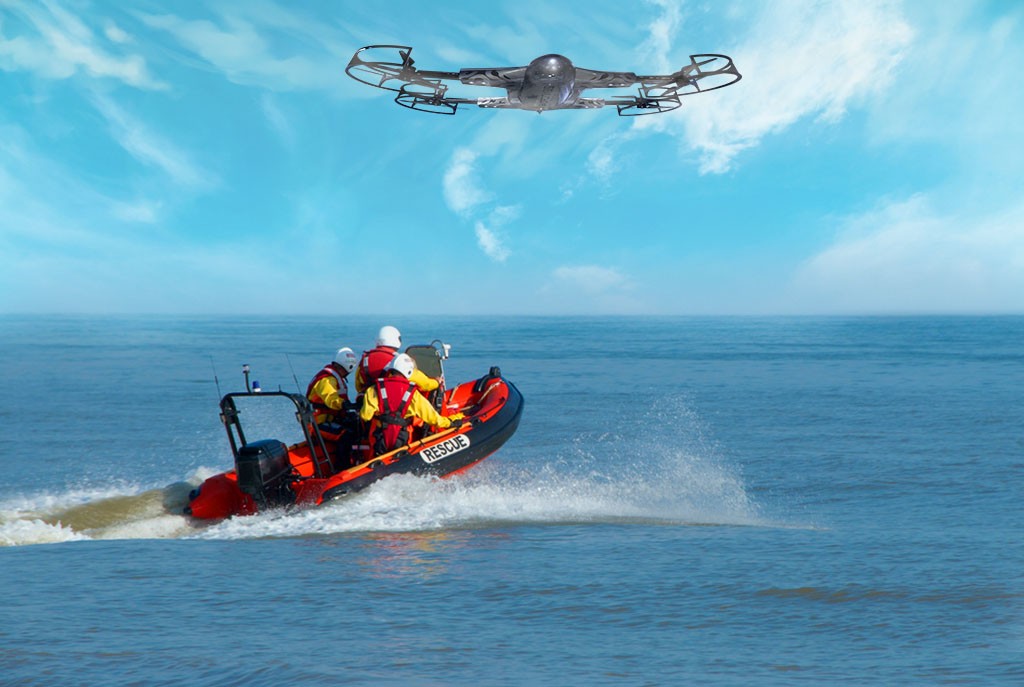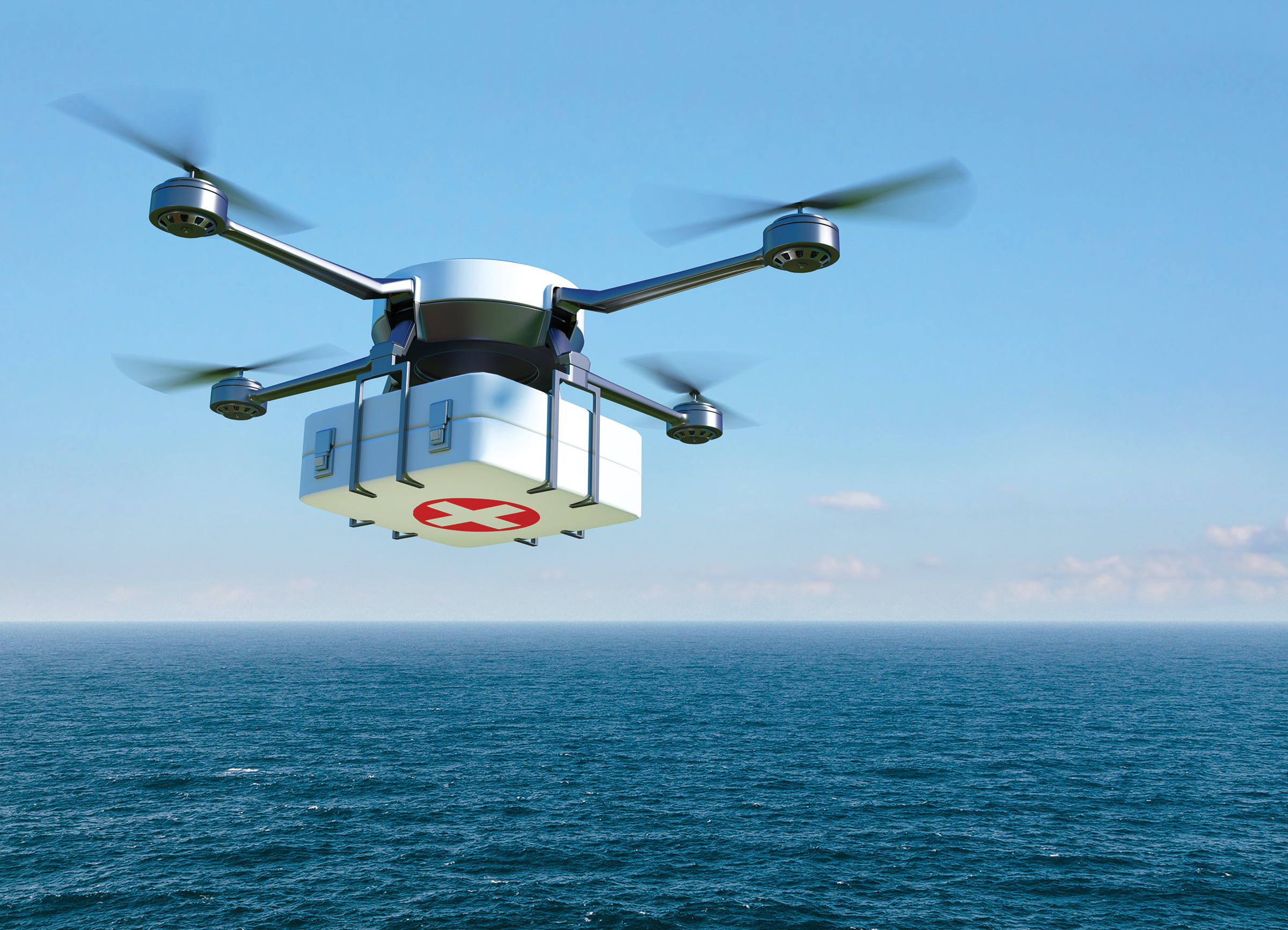Introduction to Drones in Search and Rescue Missions

The world of search and rescue is undergoing a remarkable transformation. Imagine a landscape where dedicated teams rush to save lives, armed not just with traditional tools, but also with cutting-edge technology that soars through the skies. Drones have emerged as game-changers in this critical field, providing unprecedented capabilities for locating missing persons and assessing disaster zones.
These flying machines are redefining how rescues are conducted. They bring speed, efficiency, and heightened precision into the mix—attributes crucial when minutes can mean the difference between life and death. With their ability to cover vast areas quickly and access hard-to-reach locations, drones are becoming indispensable partners for first responders.
As we delve deeper into the role of drones in rescue missions, it’s clear that their impact extends beyond mere innovation; they represent hope in dire situations. Let’s explore how these aerial allies are changing the face of emergency response for good.
Advantages of Using Drones in Search and Rescue

Drones are transforming search and rescue operations in remarkable ways. Their ability to cover vast areas quickly makes them invaluable during emergencies. Traditional methods often require extensive manpower, while drones can operate independently or alongside teams.
These aerial devices provide real-time data and high-resolution imagery. This capability enhances situational awareness for rescuers on the ground. With thermal imaging technology, drones can detect body heat even in difficult terrain or poor visibility.
Cost-efficiency is another key advantage. Deploying a drone reduces expenses associated with fuel, vehicles, and personnel needed for large-scale searches.
Moreover, they can access hard-to-reach locations that may be hazardous for human rescuers. Whether it’s dense forests or rugged mountainsides, drones mitigate risks associated with challenging environments.
Their speed and precision not only save time but also increase the chances of successful rescues significantly.
Types of Drones Used in Search and Rescue Missions

Various types of drones are making significant contributions to search and rescue missions. Each type serves a unique purpose, enhancing the efficiency of operations.
Multirotor drones are among the most popular choices. Their ability to hover allows for detailed aerial surveys over difficult terrain. They can easily maneuver in tight spaces, offering real-time video feeds that aid ground teams.
Fixed-wing drones cover larger areas more quickly. With longer flight times and greater range, they excel in searching vast landscapes. These drones can capture high-resolution images from above, identifying potential locations for missing persons.
For specialized needs, thermal imaging drones stand out. Equipped with heat sensors, they detect body heat even in low visibility conditions like dense forests or during nighttime operations.
Hybrid models combine features from both multirotor and fixed-wing designs. This versatility makes them suitable for various scenarios where adaptability is crucial in rescue efforts.
How Drones are Used in Different Search and Rescue Scenarios
.jpg)
Drones are transforming the landscape of search and rescue missions. Their ability to cover vast areas quickly makes them invaluable in emergencies.
In mountainous terrains, drones equipped with thermal imaging can locate lost hikers even in dense forests or during night operations. The heat from a person’s body shows up distinctly against cooler surroundings.
For maritime rescues, drones can fly over large bodies of water to spot capsized boats or distressed swimmers. They often carry flotation devices that rescuers can drop to those in need.
Urban environments present unique challenges. Drones help assess damage after disasters like earthquakes or floods, guiding responders safely through debris-laden areas.
In scenarios involving missing persons, drone swarms deploy simultaneously, mapping out locations systematically while feeding real-time data back to command centers. This enhances coordination and speeds up response times significantly.
Success Stories: Real-life Examples of Drones Assisting in Rescue Operations
Drones have proven their worth in various rescue operations around the globe. One striking example occurred during a massive earthquake in Nepal. Rescuers deployed drones to survey damaged areas, rapidly locating survivors trapped under rubble.
Another notable case unfolded in Australia when a drone assisted in finding missing hikers in dense bushland. Equipped with thermal imaging cameras, it helped pinpoint heat signatures, guiding search teams directly to those in need.
In 2021, drones played a crucial role after flooding hit parts of Europe. They provided real-time imagery that enabled emergency services to assess the situation quickly and coordinate efficient responses for stranded residents.
These stories highlight how drones are transforming traditional methods of search and rescue missions. Their ability to cover large areas swiftly makes them invaluable tools for saving lives under challenging circumstances.
Regulations and Challenges for Drone Use in Search and Rescue
The integration of drones in search and rescue missions is not without its hurdles. Regulatory frameworks vary significantly across regions, complicating operations for teams. Navigating these rules can be daunting.
Privacy concerns also arise when deploying drones in public areas. Striking a balance between effective rescues and respecting individual rights is crucial.
Weather conditions pose another challenge to drone functionality. Rain, wind, or snow can impede flight capabilities, making timely responses difficult.
Additionally, training personnel to operate drones effectively requires investment in time and resources. Skilled operators are essential for maximizing the technology’s potential during critical situations.
Technical limitations can hinder performance too; battery life, payload capacity, and range often dictate how far a drone can go on a mission before needing assistance or recharging. These factors must be addressed proactively as technology evolves.
Future Possibilities: The Potential Impact of Drones on Search and Rescue Eff
The future of drones in search and rescue missions holds immense promise. As technology continues to advance, we can expect even more sophisticated drones equipped with enhanced capabilities. Imagine drones that can fly longer distances, carry heavier payloads, or operate autonomously through complex environments.
These advancements could lead to quicker response times during emergencies. Drones may soon be able to map out areas affected by disasters in real-time or identify heat signatures from individuals trapped under debris. With the integration of artificial intelligence, the accuracy and efficiency of drone operations will improve significantly.
Additionally, there is potential for collaboration between human rescuers and drone technology. This synergy could ensure that teams on the ground have immediate access to aerial data, improving situational awareness and decision-making processes.
As regulations evolve alongside technological improvements, we might see wider acceptance and use of drones in various regions globally. The goal will always be clear: saving lives while maximizing resources effectively.
With ongoing research and development focusing on this field, it’s exciting to think about how these airborne allies will transform search and rescue efforts in the years ahead. Their role may expand beyond immediate responses into preventative measures as well—helping communities prepare better for disasters before they strike.










